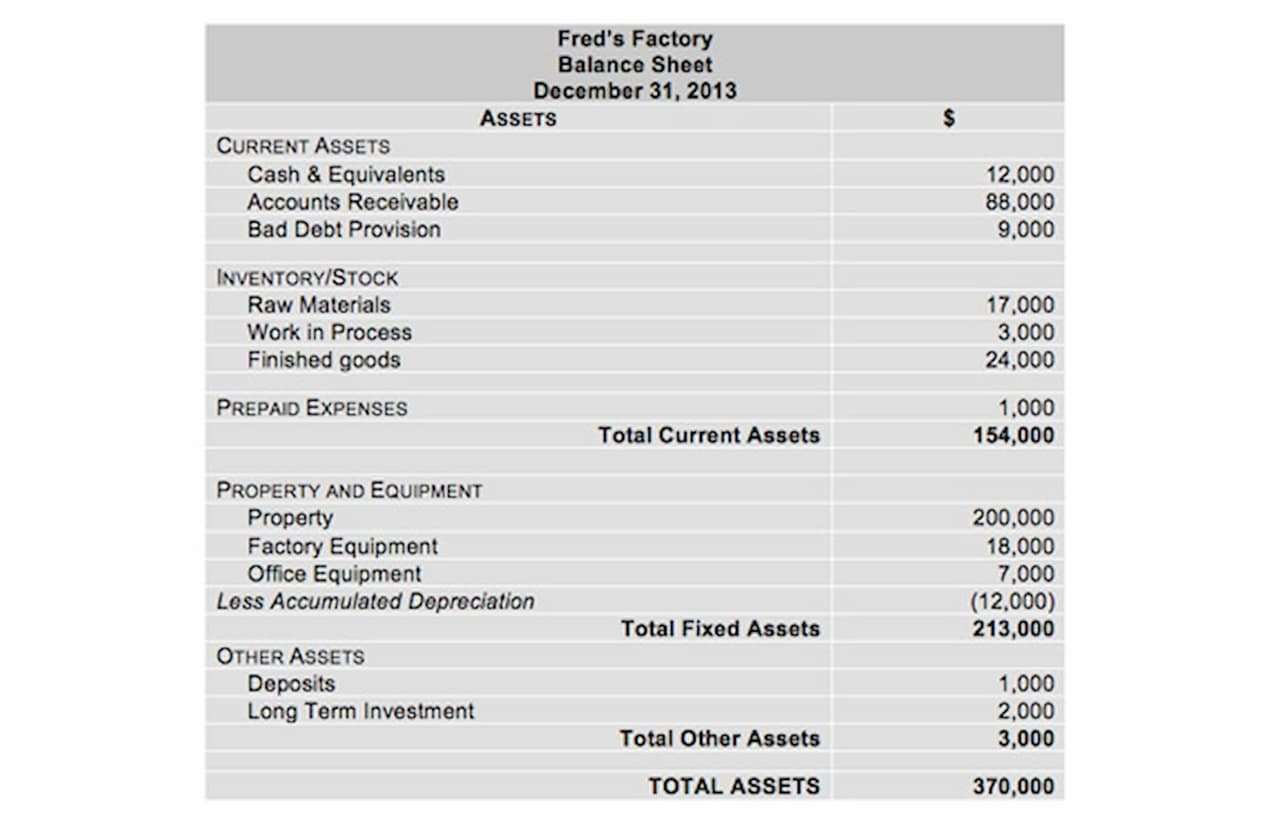Content
Now I need to allow the user of my makefile to be able to pass arbitrary macro definitions from the “make.exe commandline” to “source code” right away, without having to change anything in the makefile. Microsoft’s NMAKE has predefined rules that can be omitted from these makefiles, e.g. c.obj $(CC)$(CFLAGS). A makefile defines targets where each is either a file to generate or is a user-defined concept, called a phony target. Before Make, building on Unix mostly consisted of shell scripts written for each program’s Forest Arrow codebase.
You probably have an analogous problem near line 102 in the original makefile. If you showed 5 non-blank, non-comment lines before the echo operations that are failing, it would probably be possible to finish the diagnosis. However, since the question was asked in May 2013, it is unlikely that the broken makefile is still available now (August 2014), so this answer can’t be validated formally. It can only be used to illustrate a plausible way in which the problem occurred. This isn’t a direct answer to this question, but I wanted to leave a note here for anyone who may be having the same issue as me when trying to configure an upstream branch.
Another approach is to use meta-build tools like CMake, Meson etc. If no target is specified, Make updates the first target in the makefile which is often a phony target to perform the most commonly used action. If you don’t want to modify the Makefile itself, you can use –eval to add a new target, and then execute the new target, e.g. If you don’t want to muck with the file by hand (and it’s not that hard to do), you can always use git config to do it…but again, that’s just going to edit the .git/config file, anyway. If make can run parallel builds, it will launch up to 6 simultaneous compilation process (e.g. 6 calls to gcc). The -j option is only use to speed up application build, it determines how many jobs make can spawn for the build.
Dependency tracking
I’m following the instructions of someone whose repository I cloned to my machine. I want to use the make command as part of setting up the code environment, but I’m using Windows. Connect and share knowledge within a single location that is structured and easy to search.
Answers 4
One only has to write a rule for the linking step and declare the object files as prerequisites. Make will then implicitly determine how to make all the object files and look for changes in all the source files. Also, if a source file’s timestamp is in the future, make repeatedly triggers unnecessary actions, causing longer build time. It offers simple commands for creating, publishing, deleting, tracking & renaming remote branches. One nice feature is that you can ask a grb command to explain what git commands it would execute.
The other approach would be makefiles or third-party tools that would generate makefiles with dependencies (e.g. Automake toolchain by the GNU Project, can do so automatically). In software development, Make is a command-line interface software tool that performs actions ordered by configured dependencies as defined in a configuration file called a makefile. It is commonly used for build automation to build executable code (such as a program or library) from source code.
Make’s dependency ordering and out-of-date checking makes the build process more robust and more efficient. The makefile allowed for better organization of build logic and often fewer build files. Followed by the previous command to promote the local branch into a tracking branch. Variables in make can come from the environment in which make is run.
In contrast, Microsoft’s nmake executes commands with cmd.exe where batch commands like copy are available but not necessarily cp. If you tried to “git push” when on the “upstream” branch, with push.default matching git would automatically try to merge the local branch “master” into “upstream/master”, causing a whole lot of chaos. I believe that in as early as Git 1.5.x you could make a local branch $BRANCH track a remote branch origin/$BRANCH, like this. Another alternative is if you already installed MinGW and added the bin folder to the Path environment variable, you can use “mingw32-make” instead of “make”. For example, the macro CC is frequently used in makefiles to refer to the location of a C compiler. If used consistently throughout the makefile, then the compiler used can be changed by changing the value of the macro rather than changing each rule command that invokes the compiler.




